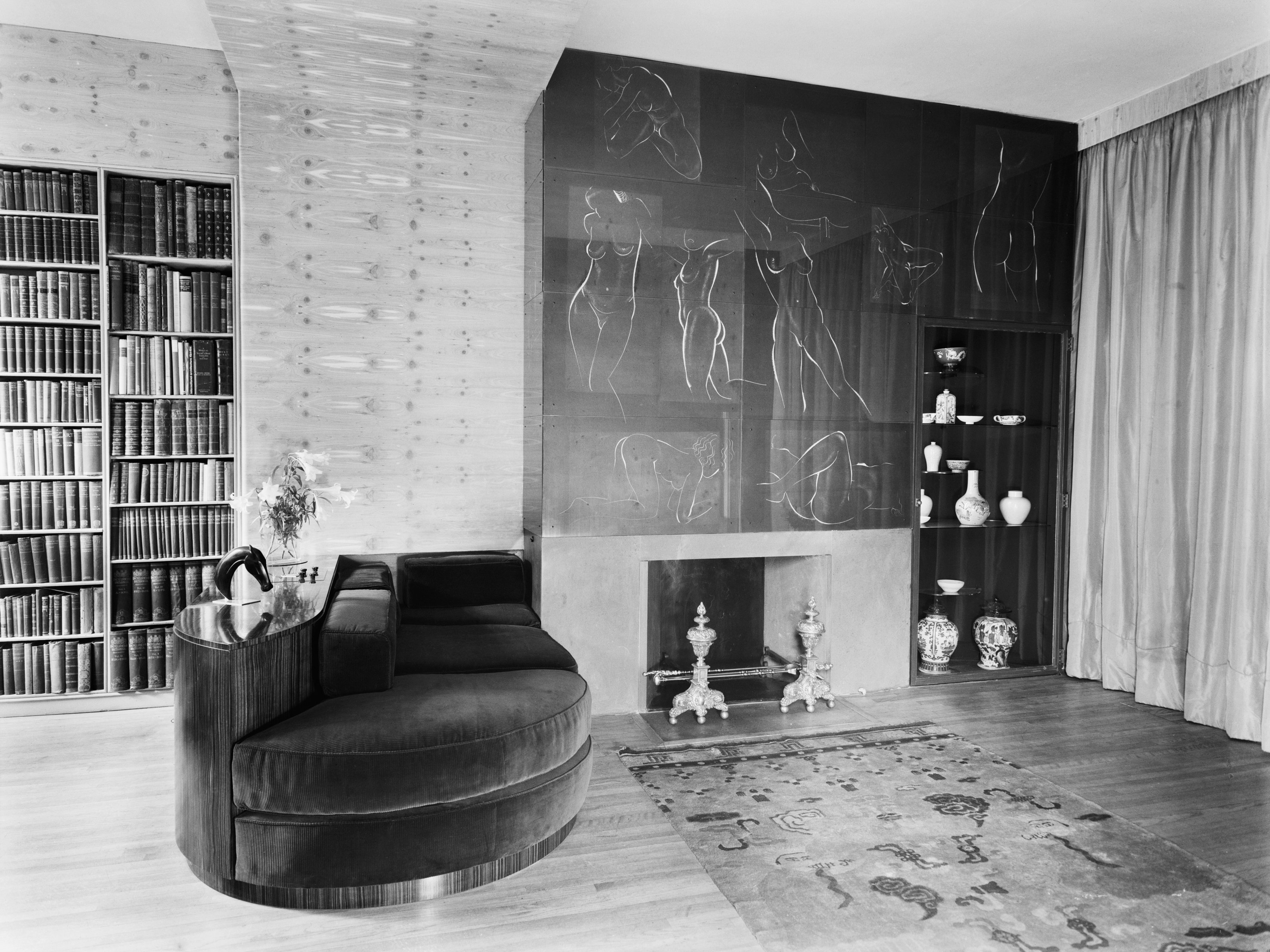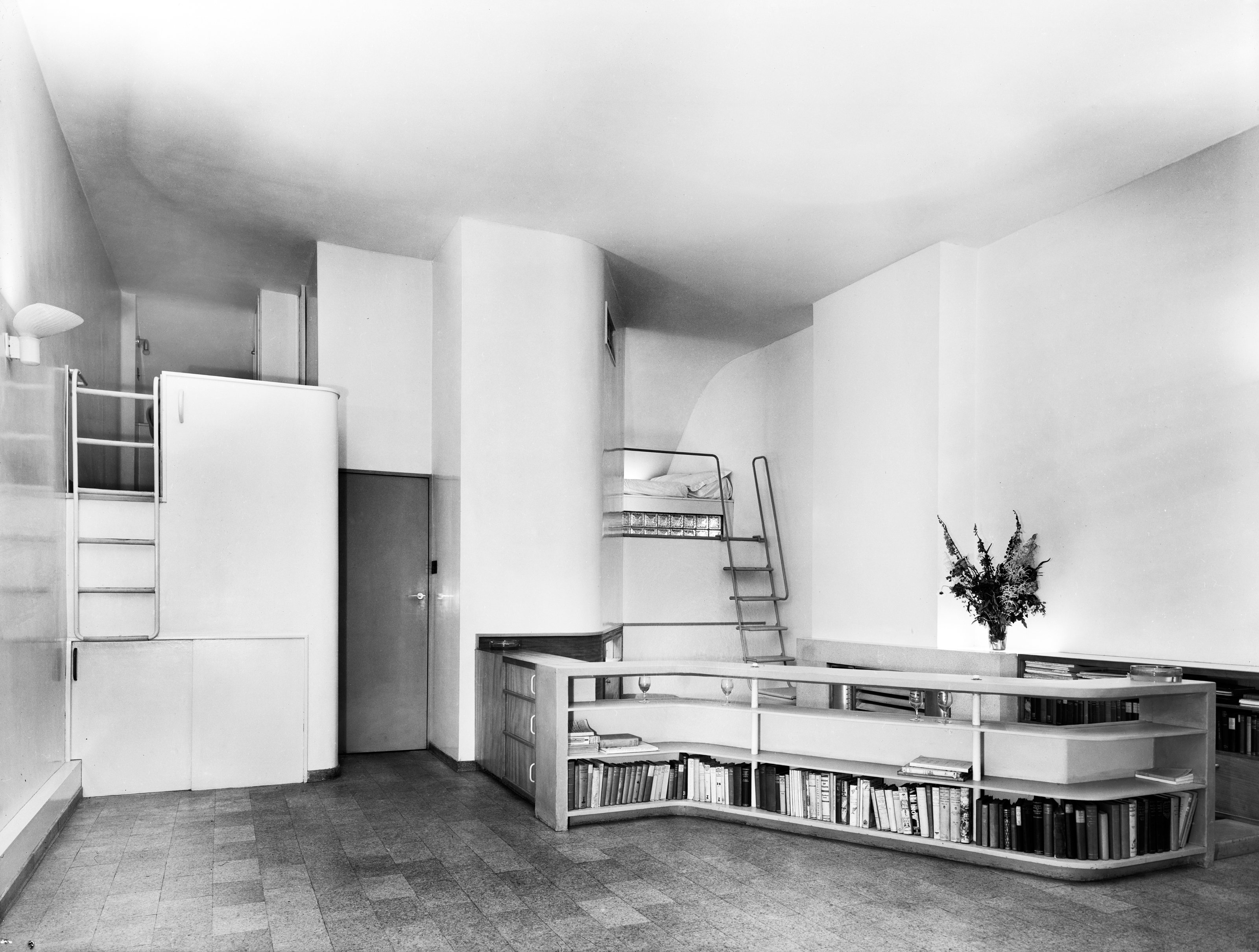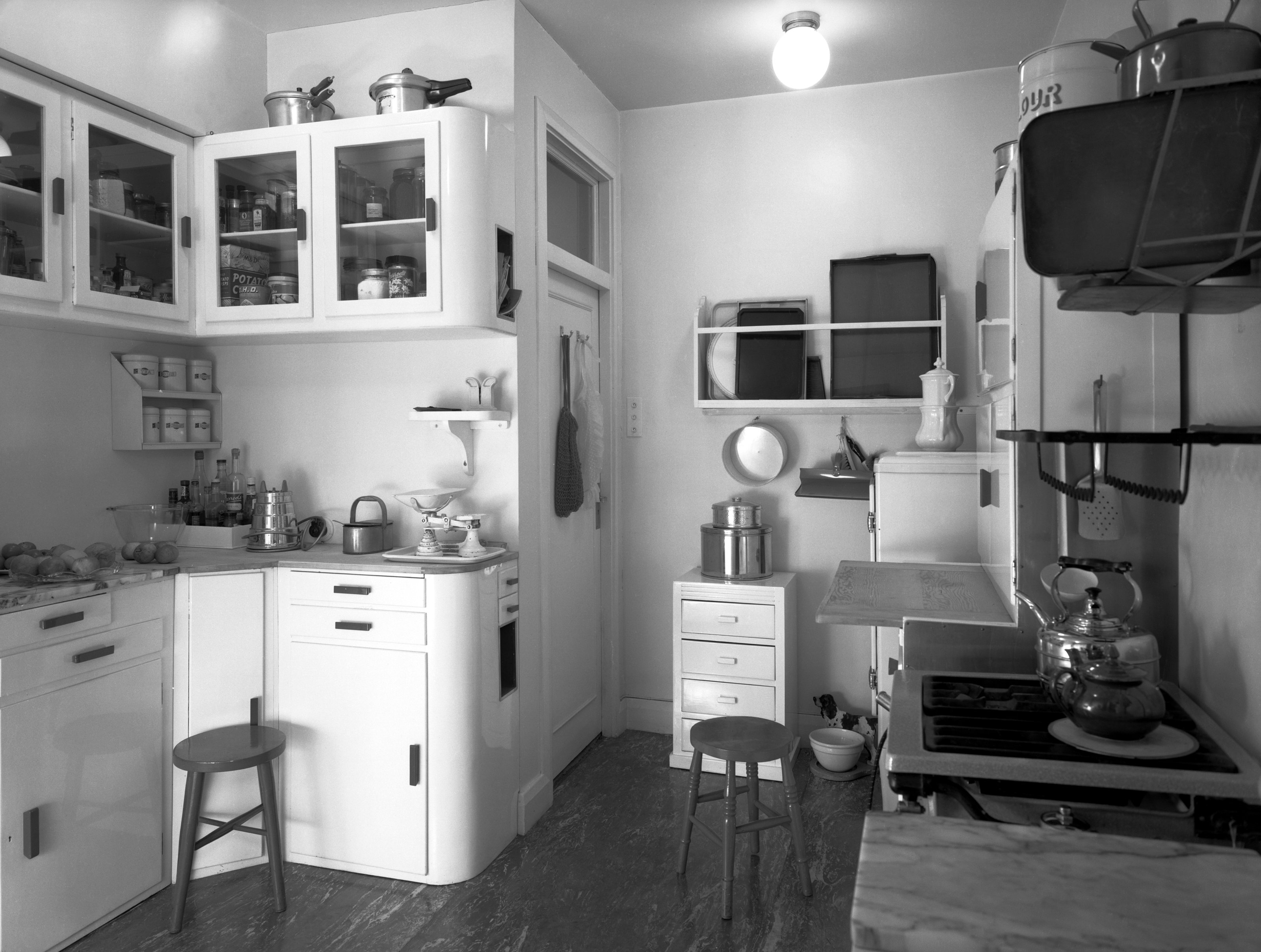
Nostalgists will enjoy this latest book from Atlantic Publishing, specialist purveyor of monographs charting the photographic remnants of British heritage. London: Lost Interiors, written by historian Steven Brindle, relies on several expansive but little-seen photography archives, including the hugely valuable records created by Country Life and the RIBA.

Other sources are not so widely published, like the work of Bedford Lemere & Company, once the UK’s leading architectural photographer. The firm, which was in business from 1839 to 1911, left an archive 21,800 glass-plate negatives and 3,000 prints, all of which were acquired by the Historic England Archive in 1955.

Brindle has also been able to draw on other important photographers, including Newton & Company and Millar & Harris, another firm regularly commissioned to chronicle new architecture for publications like Vogue and Harper’s Bazaar. Sifting through this embarrassment of architectural riches, Brindle has shaped a fine monograph that charts the ultimate result of in constantly changing tastes: all these interiors have been lost.

That reality lends an elegiac quality to these purely black and white pages, which have been arranged to explore, variously, the world of aristocrats and plutocrats, the evolution of art deco and modernism, and, perhaps most heartbreakingly of all, the rare forays into interior design by true eccentrics and aesthetes.
The latter category is probably overshadowed by palatial staterooms, grand staterooms and ornate plasterwork that runs from Georgian London through to the overstuffed aesthetic of the Victorian treasure house. Not all of these have been destroyed, even if the interiors are no longer with us, but the vast majority have been the casualty of development in some form or another, if not enemy bombs.

The book serves as a useful social and architectural history, as well as a primer on what defined taste and distinction in upper class interiors. So many of the capital’s ‘grand houses’ were lost to redevelopment, as the space taken up by mansions and their grounds became swallowed up by the expanding city. Other buildings have been repurposed as clubs or casinos or ‘lost’ into secretive private ownership, meaning these images are the only way we can revisit their interiors.

The roll call of featured designers and artists is an impressive one, including William Morris, Sir Edwin Lutyens, Sibyl Colefax, Marion Dorn, Liberty, Serge Chermayeff, Philip Webb, Rex Whistler, Paul Nash and Detmar Blow, amongst others. The erstwhile owners are no less grand, including a large swathe of the Royal family, as well as film stars like Fay Wray and Greta Garbo, and even JFK.

Although the book covers the period from around 1880 to the Second World War, we've focused especially on the work created in the 1920s and 1930s, when deco briefly became the style du jour. All in all, there are 650 images within the book's pages, chronicling every conceivable facet of the capital’s grandest, quirkiest and above all forgotten residential design.
London: Lost Interiors, Steven Brindle, with a foreword by the Duke of Wellington, Atlantic Publishing in association with Historic England, £50, AtlanticPublishing.co.uk, HistoricEngland.org.uk, Amazon.co.uk







